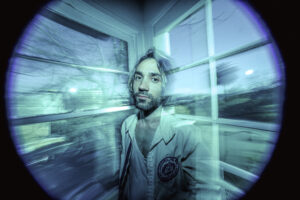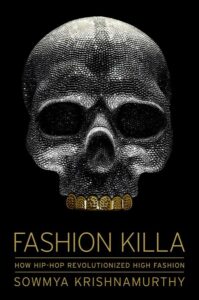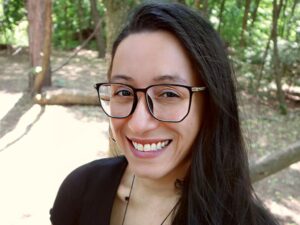In a world in which we are often more similar than different, the blending of cultures is quite compelling. Six years after meeting in the band Jane Machine, artists SIDE DθθR and Andy Fonda have artfully drawn upon their individual experiences and backgrounds for their new collaboration Y Tu Que.
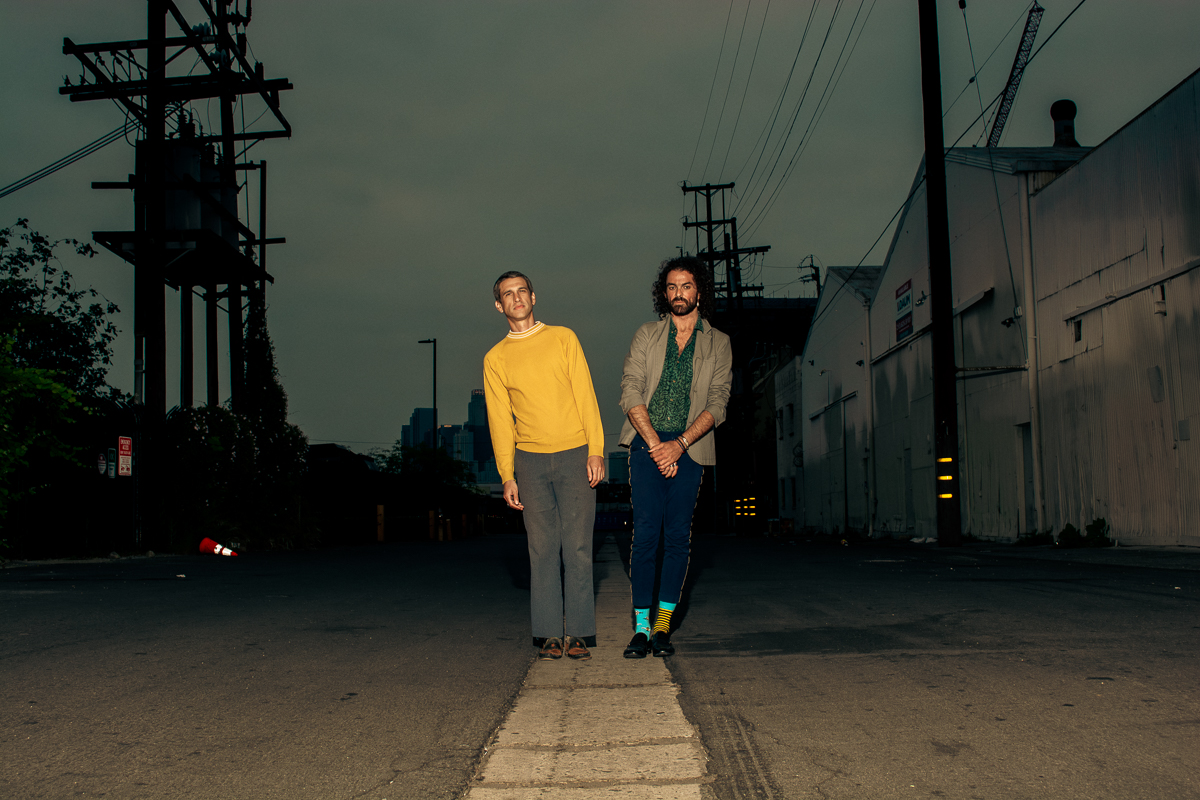
SIDE DθθR is the solo project of the French-born, LA-based musician and singer/songwriter Keveen Baudouin. Debuting in 2020, SIDE DθθR allows Baudouin to dig deeper and create music without restriction. The result is a collection of raw, personal Folk meets Psychedelic songs that give him space to process and express his feelings in a manner in which he can’t share when writing for other artists.
Andy Fonda is the solo project alias of Costa Rican-born, LA-bred musician and singer-songwriter Andrés Villalobos. The mellow and minimal acoustic vibe of Andy Fonda is a captivating contrast to the Psych-Pop sounds of Villalobos’ band James Supercave.
Y Tu Que is the first of the indie super-duo’s French/Spanish collaborations. The influence of Baudouin and Villalobos’s cultures and experiences can be felt in Y Tu Que. The melodic vocals of these artists singing in their native tongues blended with sultry acoustic sounds transport listeners to a struggle for balance within a relationship and recognizing it has run its course.
Recently we went on the record with SIDE DθθR and Andy Fonda to learn about their music journeys and how Y Tu Que was crafted.
How did you get your start in music?
SD: I started very young in a pretty standard way: taking guitar lessons at a school, then later with a private instructor. I was lucky to taste the performing aspect very early on with the school concerts and a few years later, in my teens, with a band. Not having grown up in a music environment, it fell on me as if this was the only route to escape a pattern and a routine. Without music, maybe I will still be living where I was raised. Subconsciously I think I feel and know that.
AF: I went to a Blink-182 concert when I was 14 at the original Soma in San Diego and decided I wanted to play drums after watching Travis Barker who had just joined the band. I switched to guitar shortly after I started my first band in high school at 15. Music was always around me, I grew up in a very musical Mexican family. My mom sings and plays guitar and piano, but it wasn’t until this show that I really got the itch to play myself.
What’s your favorite part of being an artist?
SD: The freeform and the freedom of it. The creative aspect where you spend a big chunk of your time trying to understand who you are in order to make the best art possible. French philosopher Jean-Paul Sartre said “we are sentenced to be free.” There’s no other way around, but most people do not see it. We are conditioned in our society to ignore a lot of what makes us. From the get-go we are shaped by our education, by the rules of our environment, and we learn how to function within that box. Making art is surfing on the edge of it: you might be drawn [away] at times but you will always come back stronger and will leave this world with an experience, which is what matters the most at the end of the day.
AF: That act of creation is the purest joy I have come to experience; and it has only become more potent as I grow as an artist and further understand myself in relation to my craft and my life.
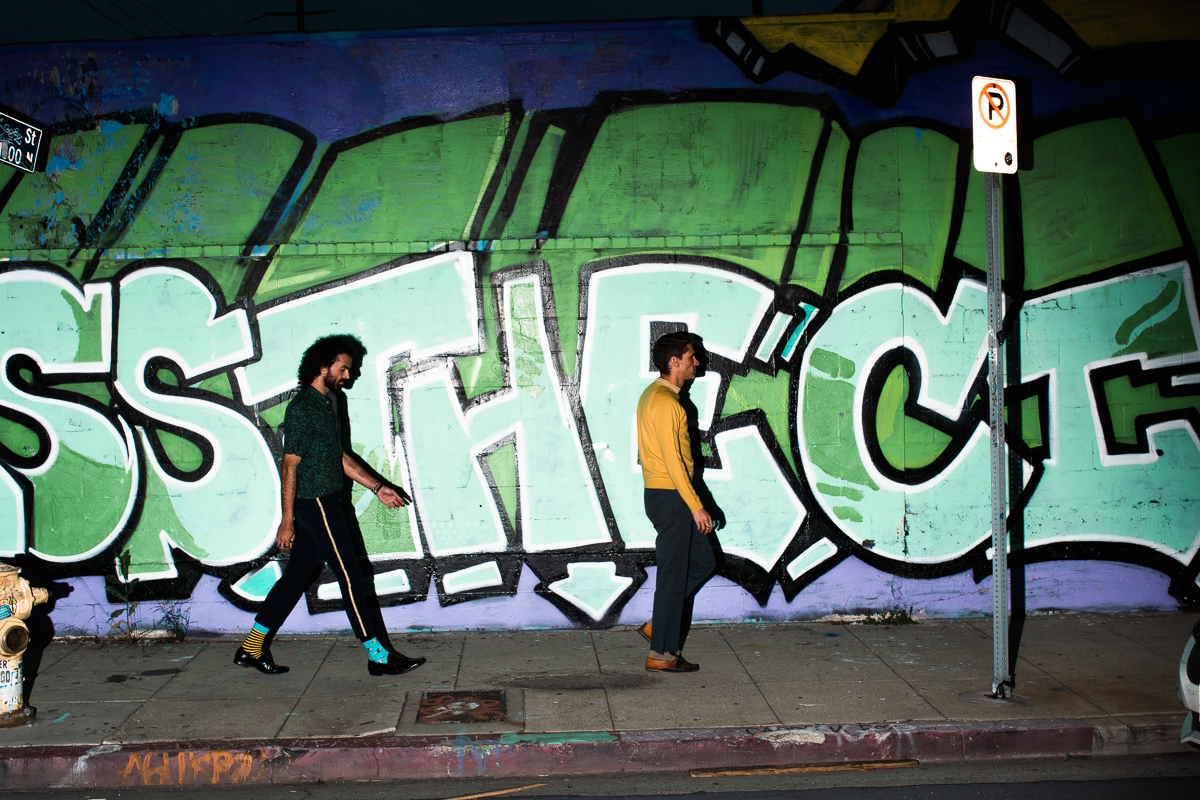
Does your process differ when creating music for a band versus working on your own solo projects?
SD: It takes a lot of time to find identity in a project, in the same regard as someone struggling in their life to find their own identity. Once it is shaped you try to make art with certain codes that you break at times in order to push the music forward. Every band, and the solo project being one of them, conditioned me to write in a certain form, talk about different subjects. The process can be similar, but the message differs.
AF: Yes, very much. Working alone is very satisfying for me. I’m a bit of a lone wolf. But that being said, the songs don’t feel finished to me until I have at least one more person on the record.
Working with a band like my main project, James Supercave, makes things faster and slower at the same time. Ideas come quicker with more musicians around, especially ones I trust like my bandmates. But then at the finishing stage things get harder because of all the opinions, with more brains in the equation. But ultimately that friction creates a lot of great work!
Recently you have been applying the Surrealist technique of Exquisite Corpses when creating music. Why did this practice appeal to you?
SD: When I first discovered surrealism, it resonated to me a lot more than I thought it could. The freedom (again that same word) of it is what appealed to me the most I think. When I started writing this song (and the following single that will come out early next year), I wanted to achieve a very different result than just writing another solo record. So I thought doing collabs will help. But on top of it, if I compose a draft of the song and fully write half of it, it will give a leeway for my collaborators to express themselves in the most pure form. The goal was to release a full record this way. It might still happen, but I wanted to release those first 2 songs right now as they were already done, and I want to set up a performance to promote it with Andy mixing our 2 solo projects for one night next year.
AF: I am always looking to try new ways of creating and turning my process upside down. Sometimes it’s learning a new instrument and letting the limitation in technique help the process along, but I’ve grown quite fond of prompts and exercises like oblique strategies or the cut-up method à la Bowie. 🤍
Keveen had the idea to start a project that was multilingual, and I was very excited by the idea of pushing myself to write more in my native tongue. And also collaborating with someone I respect so much as a musician.
It was a liberating experience to write in this way and I wrote the melodies and lyrics over the music Keveen wrote. Then we arranged, produced and mixed the tunes ourselves .
How do you think Exquisite Corpses has allowed your work to evolve?
SD: It helped me tap into my subconscious. Every conscious decision you make is rooted into a submersed part of the iceberg that is in you, but you are mostly not aware of it. Writing using Exquisite Corpses technique allows me to submerge into myself more. I started it with my band CARRÉ because of the surrealism and geometrical aspect of this project; it made a lot of sense, but I wanted to then extend it to other music.
AF: Working in this way really liberated me in regards to writing lyrics. It was super fun to write away from my instrument. I normally write on guitar or piano with me playing and singing. But with this project I was completely free of the music and worked by just playing the instrumental track and writing the melodies and words as I listened on my computer. Also the limitation of writing in Spanish was an interesting limitation. Even though it is my first language, since I’ve lived in the US since I was 5 years old, English has completely taken over my brain.
Do you find leaving space in your music for other artists to add their unique artistry has changed how you view the initial version of your song?
SD: Oh 100%. And that’s the point. When I collaborate, I decide to do so because I want someone else’s experience to flow into my music, I would never try to control it or shape it in a different way. This style of writing is making it even more of a commitment to someone else’s vision paired with yours and that’s where the magic lies.
AF: Yes! I most definitely leave space for other collaborators. Sometimes it isn’t really on purpose, but it’s a feeling I get that something is missing and usually it’s the case that there’s too much of me on the record and it needs some other energy. Or it means the song is done, haha.

You have known Andy Fonda for several years. What made him the perfect collaborator for Y Tu Que?
SD: I played with Andy for years; became close to him as bands we are both playing with are a part of the same scene in Los Angeles, and we’ve had many interactions. I thought of Andy also because with this batch of “songs” I had, my goal was to pair the French language with other languages (mostly Latin-rooted languages) in order to breach 2 worlds. Andy, having grown up between American and Costa Rican culture, it made a lot of sense to do it with him. Our solo projects already have a lot of similarities, but with 2 different approaches and references.
What do you hope listeners feel when they hear Y Tu Que?
SD: I hope they feel embarked in a journey where French and Spanish melancholy, as well as romanticism, bring them the beauty they deserve to look at in the world with our own eyes for a second.
AF: A connection with mystery. That has been a big part of my journey in the past few years and I hope to inspire that in this world.
What’s next for SIDE DθθR?
SD: As I previously mentioned, I am going to be releasing another single with Andy Fonda early next year, hopefully followed by a live performance. I’m gonna then try to find the time (between all the other projects I’m involved with) to finish the other batch of songs I have (around 7-8) and apply the same technique to them with different features. Stay tuned for 2024.
What’s next for ANDY FONDA?
AF: I’m wrapping up a full-length record that I hope to have done by the end of the year and will be out sometime in 2024. Keep an ear out for that. 🙂
As we await the 2024 releases of SIDE DθθR and Andy Fonda, listen to Y Tu Que on Spotify and Apple Music!
Connect with SIDE DθθR on Instagram, YouTube, and his official site. Follow Andy Fonda on Instagram and Bandcamp.

